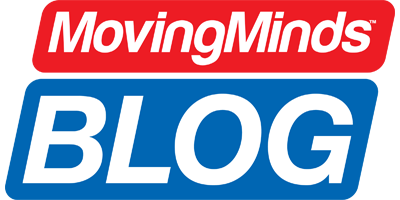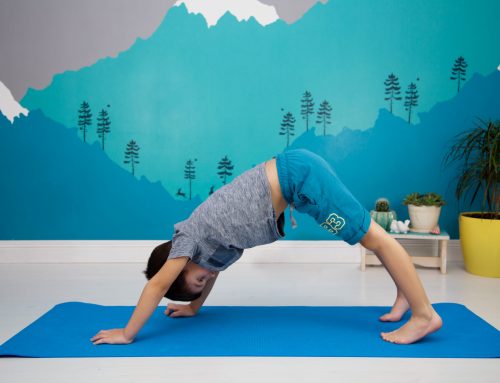Earlier this school year, my fifth-grade students spent the day learning about colonial America while also moving their bodies and engaging their minds. We used classroom movement cues to connect key vocabulary terms with specific movements. What an effective method to get them to remember the content! This was a great way to get students up and moving for thirty minutes!
Matching Movement with Vocabulary Terms
Making movements associated with key vocabulary terms really helped my students during our end of unit assessment. For example, when asked to name the mountain chain that served as a barrier for the thirteen colonies, the students performed mountain climbers. This helped them remember that it was the Appalachian Mountains. Below is a list of the vocabulary terms and movements associated to the lesson:
Warm Up
Students reviewed what they already knew about the New England Colonies while walking in place. Walking in place was a favorite past time of colonial children.
To review the 4 major industries of the New England colonies we did the following:
Jumping Jacks: “Lumber Jacks” jumping jacks to help remember the lumber industry.
Russian Twists: A “fur trade” that consisted of two teams competing against one another to pass the fur while doing Russian twists until the fur made it to the end of one team’s line.
Supermans: Students did “whale lifts” or supermans to help them remember the industry of whaling.
Towel Pull: To remember the concept of ship building, students competed in towel pulling races, otherwise known as boat races. One student rode on the boat while the other pulled.
To remember the causes of death:
Freeze Tag: A game of “freeze” to help us remember that many colonists died of starvation or freezing because they spent too much time looking for riches. To play this game, students ran around the room and I would randomly call freeze for them to stop.
Sit-Ups: Dead bug sit-ups to help them remember that many settlers died from disease and some of those were caught from insects.
Swimming Exercises: Students did the breaststroke when remembering that colonists died from water related causes.
We went back and reviewed these concepts multiple times after completing movements.
Since my students did so well on their post assessment, I plan to incorporate additional classroom movement cues into our future lessons. Many students said it was a great way for them to recall key concepts and get a good sweat in. While I know you all won’t teach about colonel America, consider adding movement or exercises to your lesson plan! Not only does it get your students up and moving, engaging their brain, but it also gives them cues that will surely help them on their assessments. It’s a win-win!
If you have any other ideas for incorporating activity into the classroom, please share them below!
Other active classroom activities:
- Increase Activity in School with a Movement Maze by Quinn Hofmann and Emily Constable
- Classroom Fitness: Challenge Students with Fitness Fridays by Jessica Tice
- Cooperative Games to Boost Activity in the Classroom by David Wilkie
Jessica Tice is currently in her fifth year of teaching Kindergarten at Western Elementary in Scott County, Kentucky. She holds a bachelor’s degree in Elementary Education and a master’s degree in Teacher Leadership and English as a Second Language.
Tice is a mom to two very busy boys that are active in school, soccer, and scouts. She enjoys working out daily and instilling that same value in her students by incorporating physical activity and purposeful movement throughout the school day.






Leave A Comment